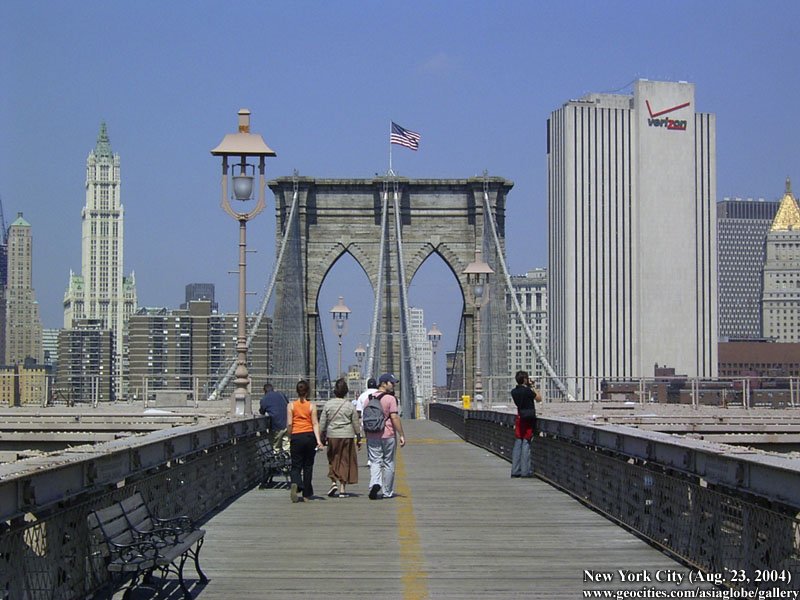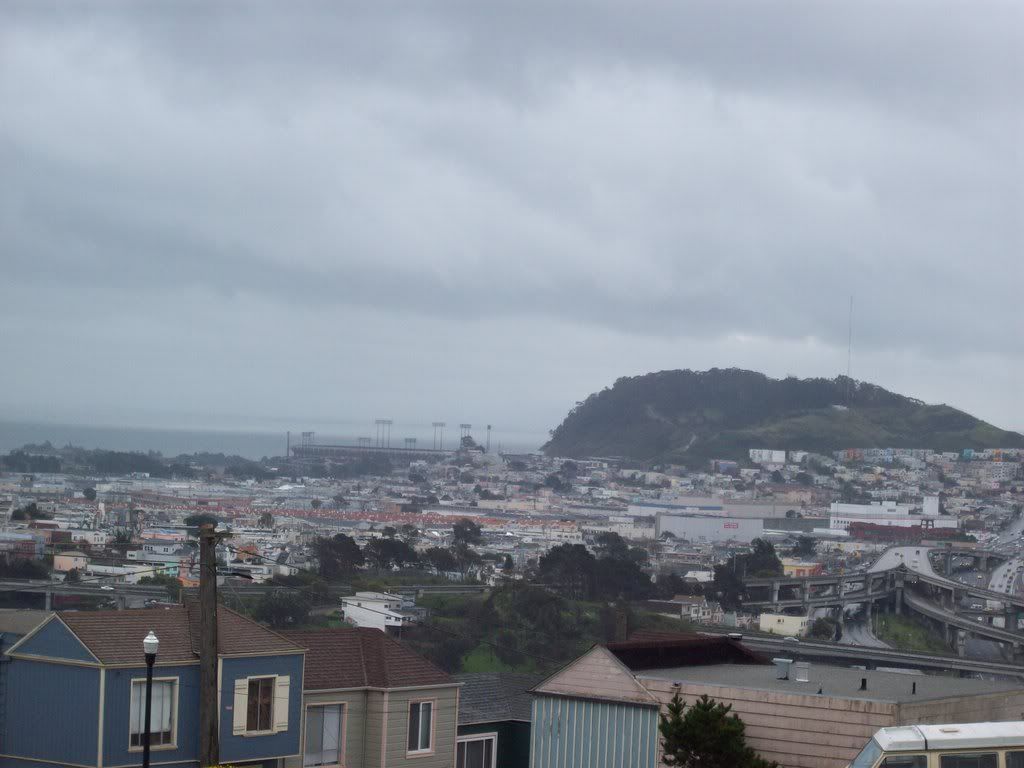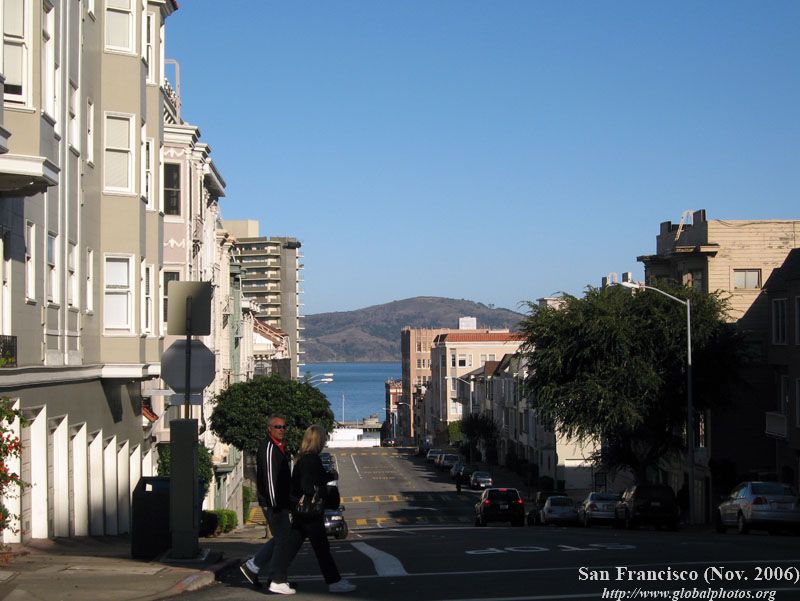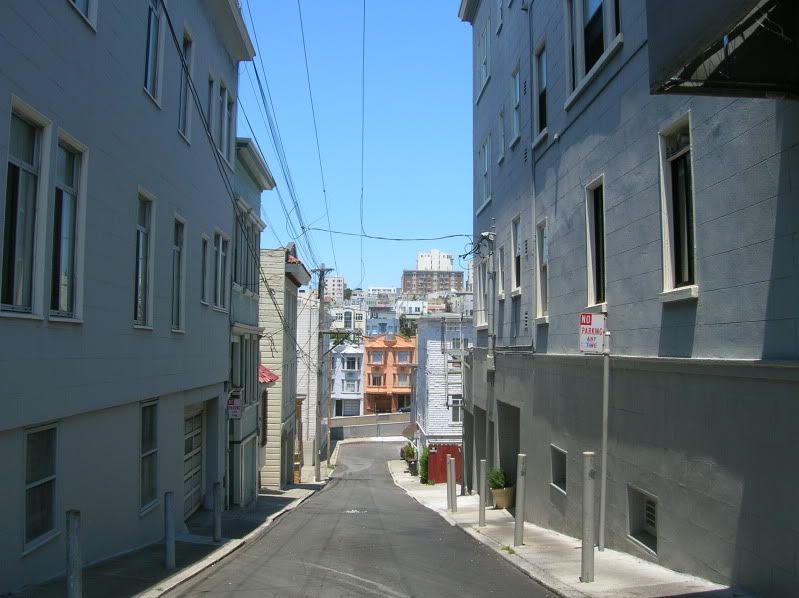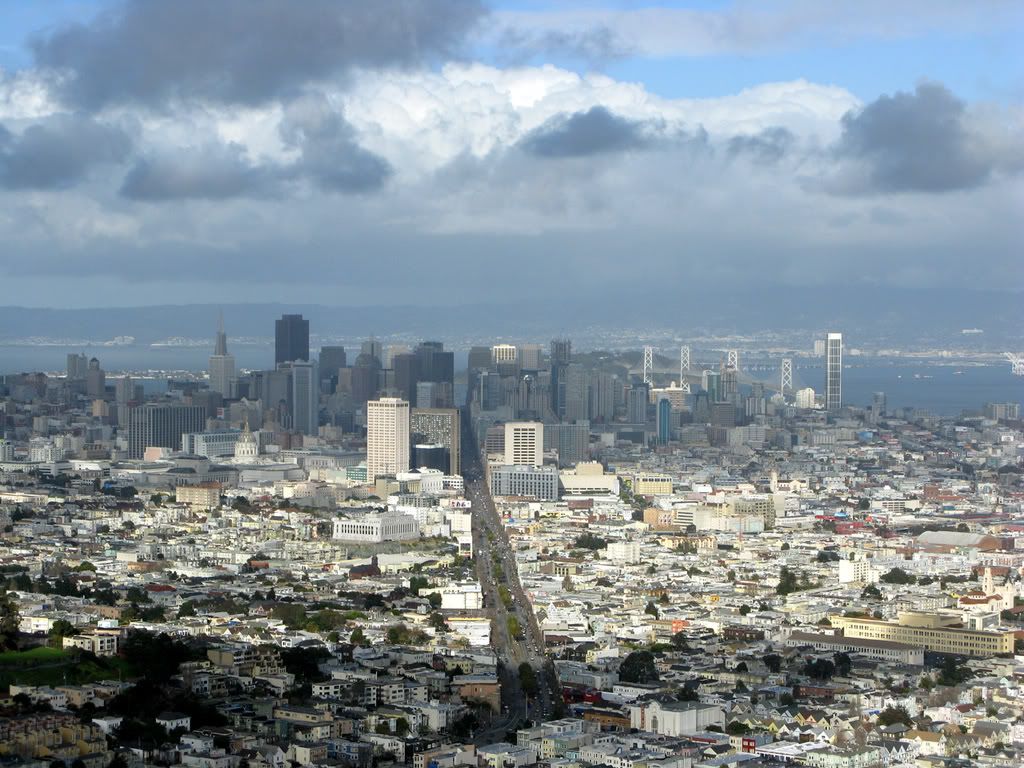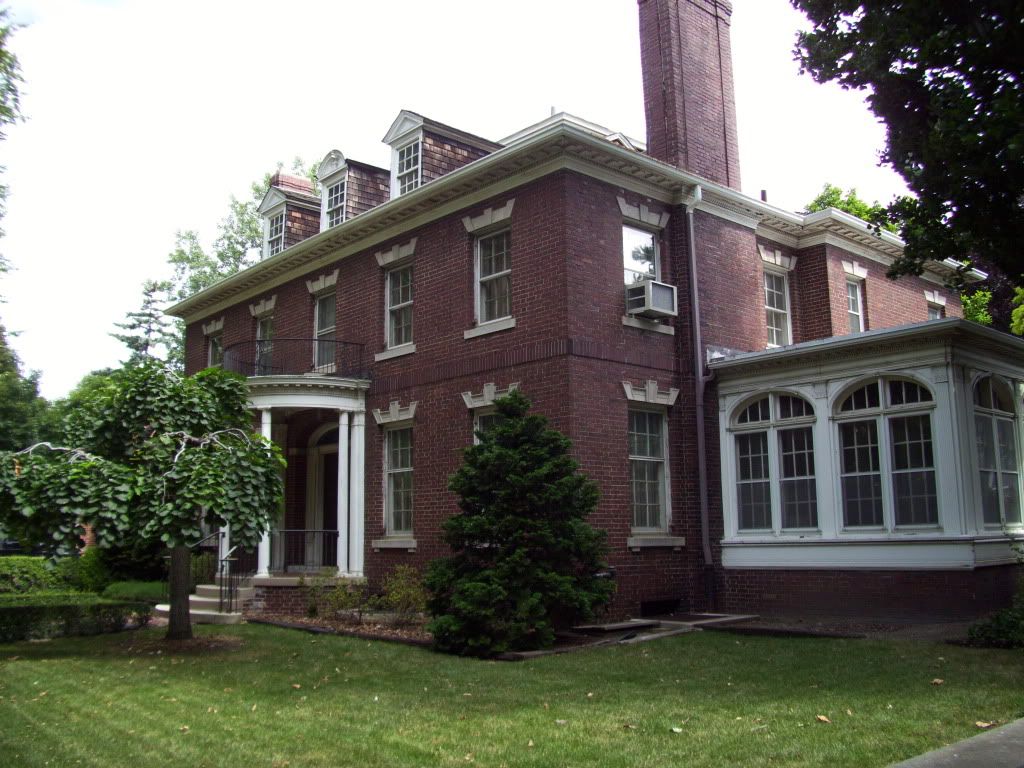-Метки
360 Germany NYC Thailand argentina australia austria barcelona belgium berlin boston brazil budapest bulgaria canada capital chicago china city copenhagen country czech republic dallas denmark detroit england france hamburg hong kong houston hungary italy japan kuala lumpur lisbon london los angeles madrid malaysia marseille melbourne miami moscow munich nethderlands netherlands new york new york nice nyc - manhattan paris philadelphia photo collection poland portugal prague rome rotterdam russia san francisco seattle shanghai singapore spain st. petersburg stockholm sweden switzerland sydney taiwan turkey uk usa vancouver video vienna washington world zurich справка
-Музыка
- ~Мантра любви~
- Слушали: 38112 Комментарии: 3
-Я - фотограф
The Festival of San Fermin, 2010
-Поиск по дневнику
-Подписка по e-mail
-Статистика
The Bridges of New York City |
|
Метки: new york usa city |
Процитировано 1 раз
Philadelphia: Rittenhouse Square - Pennsylvania |
Rittenhouse Square is a neighborhood centered around one of William Penn's five town squares. The square was originally called "Southwest Square", for being the southwestern square in Penn's layout of the city. In 1825, the square was renamed after David Rittenhouse, who was a clockmaker and astronomer. Rittenhouse surveyed the Pennsylvania-Maryland border from 1763 to 1764, and his survey was used by Charles Mason and Jeremiah Dixon later on. Rittenhouse also was a member of the state General Assembly and Constitutional Convention.
Rittenhouse Square began as a wealthy area when the first mansion was built on Walnut Street in 1840. Land surrounding the square was developed in the mid- to late 1800s, with brownstones, townhouses, and mansions. While some houses are now used as apartment buildings or offices, and highrises were built up along the square in the 1900s, the neighborhood is still a desirable address.
Buildings on Walnut Street, facing Rittenhouse Square. The Van Rensselaer House, on the right, was built in 1898. It was the home of Alexander Van Rensselaer, who financed the Philadelphia Orchestra. The Alison Building, built in 1924, is on the left.

Читать далее
Rittenhouse Square began as a wealthy area when the first mansion was built on Walnut Street in 1840. Land surrounding the square was developed in the mid- to late 1800s, with brownstones, townhouses, and mansions. While some houses are now used as apartment buildings or offices, and highrises were built up along the square in the 1900s, the neighborhood is still a desirable address.
Buildings on Walnut Street, facing Rittenhouse Square. The Van Rensselaer House, on the right, was built in 1898. It was the home of Alexander Van Rensselaer, who financed the Philadelphia Orchestra. The Alison Building, built in 1924, is on the left.

Читать далее
|
Метки: philadelphia usa city |
Annapolis: The Historic District/Downtown - Maryland |
Present-day Annapolis was settled sometime after 1649, when Puritans exiled from Virginia moved their settlement from across the Severn River. The community was originally known as Proctor's Town, then Town on the Severn, and then Anne Arundel's Towne. Annapolis was renamed one last time, after Princess Anne, when the Maryland Legislature was moved to this location in 1694 by Sir Francis Nicholson. When Annapolis became the colony's capital, a new town was laid out in a Baroque radial street pattern. Two circles were the centerpiece of the town, with either being the site of one of the two important aspects of colonial life: government and religion. Publick Circle, which later became State Circle, was the site of the Maryland State House, and Church Circle was the site of the community's Episcopal church. Annapolis is the only town in the United States with a radial-only street pattern.
Annapolis served briefly as the capital of the United States, after the Treaty of Paris was signed. Congress was held here from November 26, 1783, until June 3, 1784.
Annapolis' colonial center still remains the center of the community, due to the State House; the United States Naval Academy, which opened in 1845; St. John's College; and the retail and dining streets of Main Street, West Street, and Maryland Avenue. The terms "Downtown" and "The Historic District" can sometimes be used interchangeably to refer to the same core of the city.
Looking over Lawyer's Mall from Bladen Street at the Maryland State House.

Читать далее
Annapolis served briefly as the capital of the United States, after the Treaty of Paris was signed. Congress was held here from November 26, 1783, until June 3, 1784.
Annapolis' colonial center still remains the center of the community, due to the State House; the United States Naval Academy, which opened in 1845; St. John's College; and the retail and dining streets of Main Street, West Street, and Maryland Avenue. The terms "Downtown" and "The Historic District" can sometimes be used interchangeably to refer to the same core of the city.
Looking over Lawyer's Mall from Bladen Street at the Maryland State House.

Читать далее
|
Метки: annapolis usa city |
Boston: Kenmore Square , Massachusetts |
Kenmore Square is a neighborhood in Boston near the Charles River. The neighborhood is west of the Back Bay neighborhood and the Fens parkland.
Kenmore Square was originally called "Governor Square", after the plan to place the Governor's mansion in the neighborhood. Upscale rowhouses like those in Back Bay were built to help fulfill plans for an upper class district. Instead, Kenmore Square emerged as the city's automobile center, as development of the neighborhood occurred at the same time as the automobile became popular. As various sectors of the automobile industry moved farther west into the suburbs, Kenmore Square evolved into a commercial center.
In addition to being a commercial center, Kenmore Square is the home of Boston University. The university takes up much of the neighborhood and spills into adjacent neighborhoods. The campus is centered around its quadrangle along Commonwealth Avenue.
Looking at the back of Marsh Chapel, the centerpiece of the Boston University campus. The chapel was completed in 1948. Marsh Plaza, a public space in fron of the structure, is flanked by towers.

Читать далее
Kenmore Square was originally called "Governor Square", after the plan to place the Governor's mansion in the neighborhood. Upscale rowhouses like those in Back Bay were built to help fulfill plans for an upper class district. Instead, Kenmore Square emerged as the city's automobile center, as development of the neighborhood occurred at the same time as the automobile became popular. As various sectors of the automobile industry moved farther west into the suburbs, Kenmore Square evolved into a commercial center.
In addition to being a commercial center, Kenmore Square is the home of Boston University. The university takes up much of the neighborhood and spills into adjacent neighborhoods. The campus is centered around its quadrangle along Commonwealth Avenue.
Looking at the back of Marsh Chapel, the centerpiece of the Boston University campus. The chapel was completed in 1948. Marsh Plaza, a public space in fron of the structure, is flanked by towers.

Читать далее
|
Метки: boston usa city |
A weekend in San Francisco |
|
Метки: san francisco usa city |
Процитировано 1 раз
SAN FRANCISCO, CALIFORNIA |
|
Метки: san francisco usa city |
San Francisco's Russian Hill |
|
Метки: san francisco usa city |
Процитировано 1 раз
SAN FRANCISCO, CALIFORNIA |
|
Метки: san francisco usa city |
SAN FRANCISCO, CALIFORNIA |
|
Метки: san francisco usa city |
Tyler, Texas pics - lots of great architecture |
|
Метки: tyler usa city |
San Antonio trip, Texas |
|
Метки: san antonio usa city |
Amarillo , Texas |
|
Метки: amarillo usa city |
Процитировано 1 раз
San Antonio Night photos , Texas |
|
Метки: san antonio usa city |
Detroit- Sugar Hill Arts District , Michigan |
The Sugar Hill Arts Historic District is very small in area. It is on East Forest, Garfield and East Canfield between Woodward and John R.
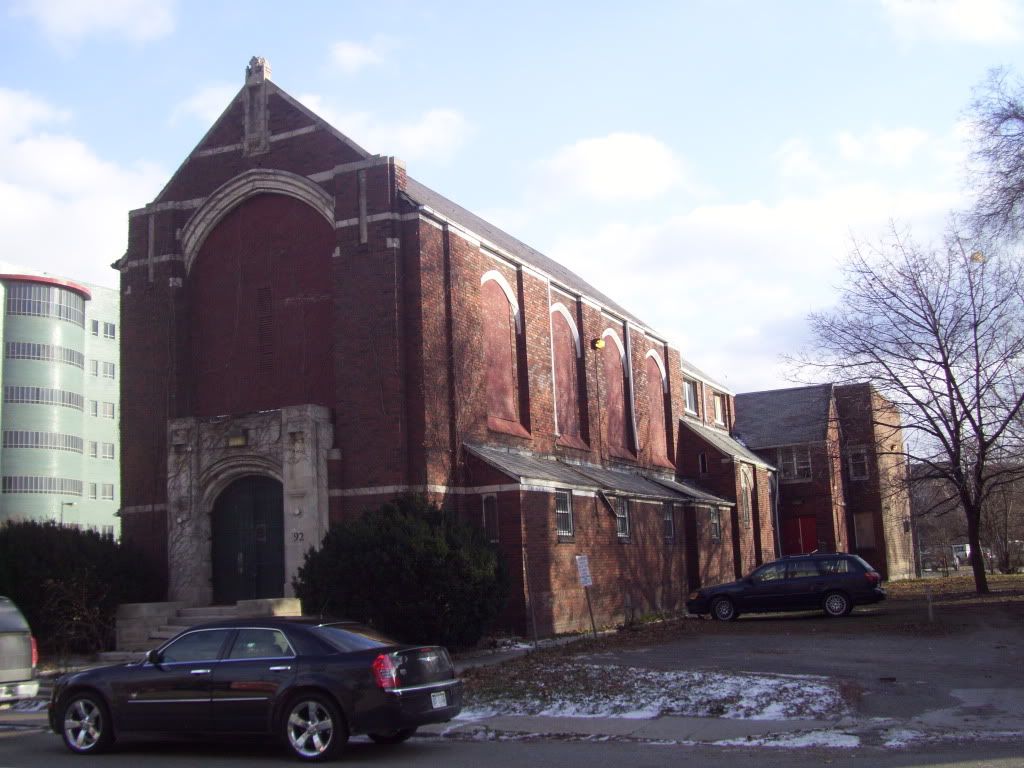
Читать далее

Читать далее
|
Метки: detroit usa city |
Понравилось: 1 пользователю
Detroit- West Village , Michigan |
West Village is a historic district located on Detroit's near east side. It was named because it is west of Indian Village (one of Detroit's must see neighborhoods, imo).
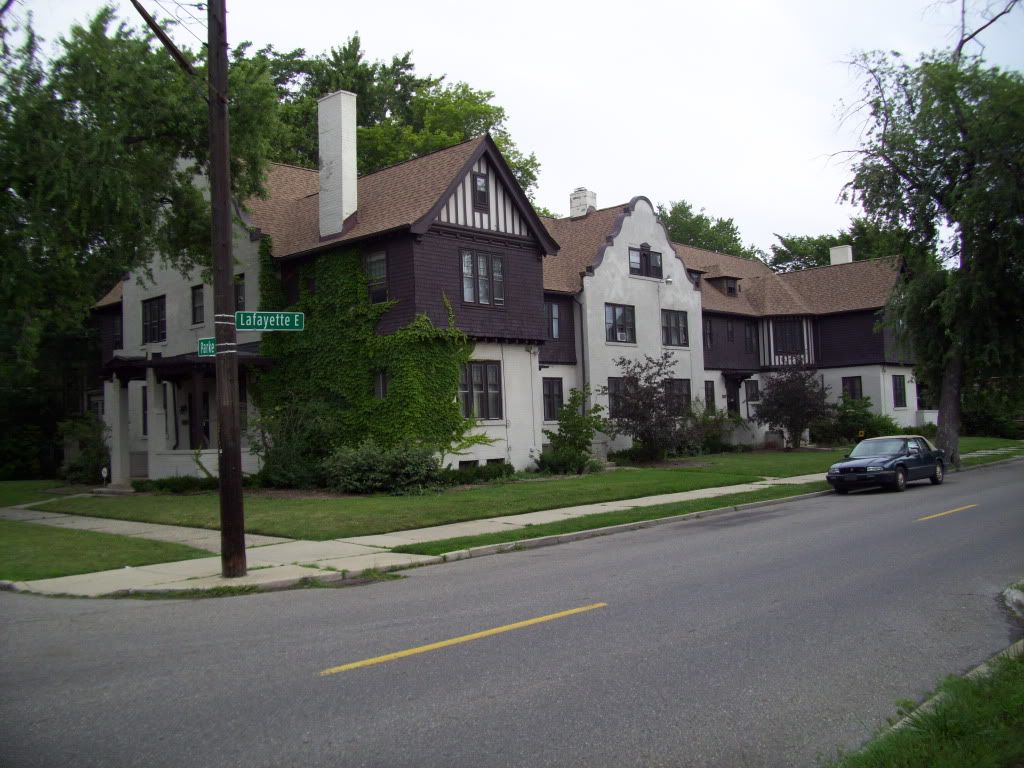
Читать далее

Читать далее
|
Метки: detroit usa city |
Detroit- Indian Village , Michigan |
|
Метки: detroit usa city |
















